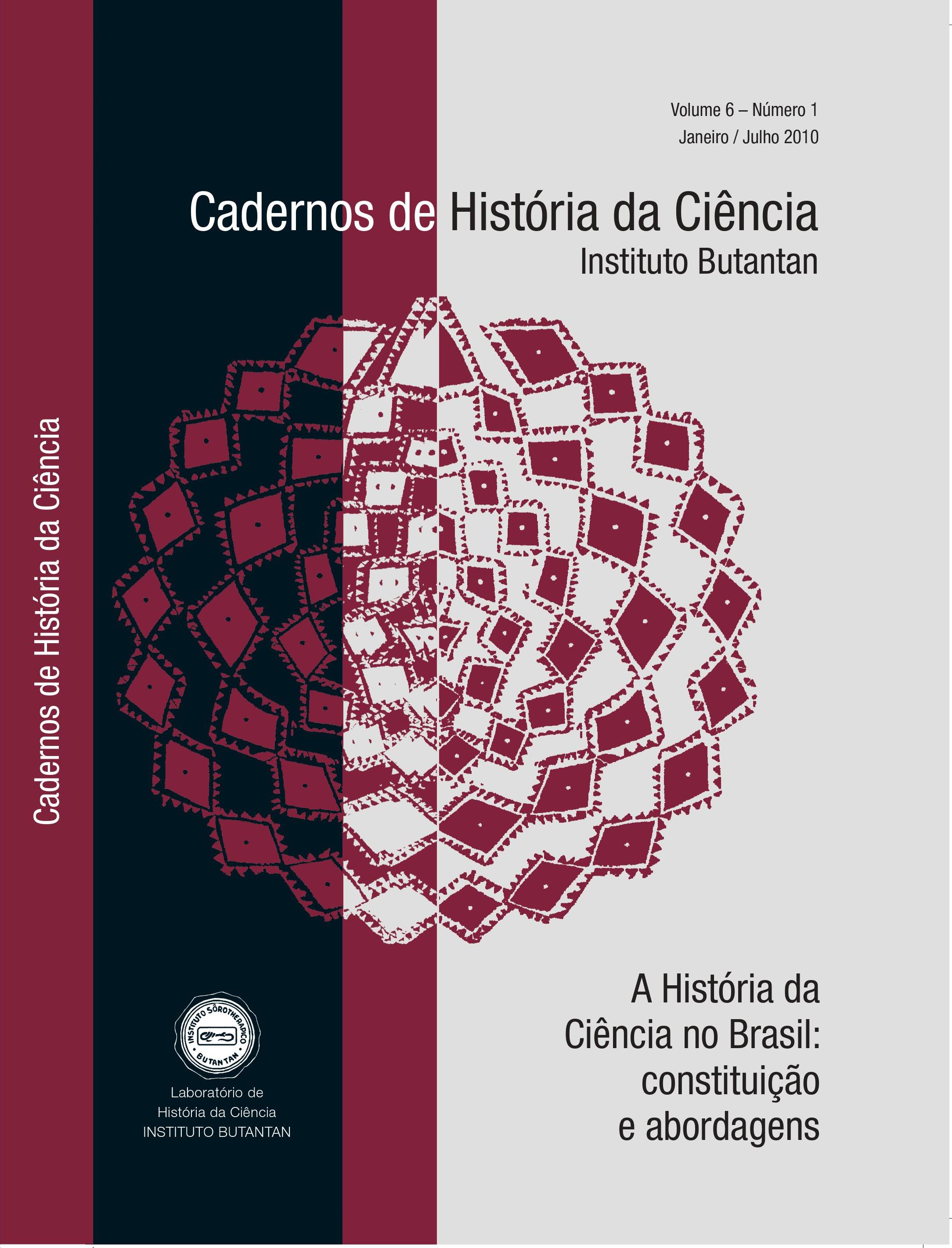Abstract
In the ancient regime, until the end of the XIX century, in the western mentality there were the conscience and the acceptance of the elevated childhood mortality. Literary sources testify it, autobiographic, visual sources (pictures, sculptures), and material (funeral monuments, etc.). Other sources hand down popular customs and fables, which “speak” of the necessity of “social” consolation. Beliefs and rites (temporary resurrection, baptism ritual and funerals) had a consolatory function, and above all as regard the salvation of the soul of the child in the family’s genealogy. From the XIX century and on, the death of children became more and more unbearable.
References
Badinter, E. L’amour en plus. Histoire de l’amour maternel, Paris, Flammarion, 1980.
Burke, P. Testimoni oculari. Il significato storico delle immagini, Roma, Carocci, 2002.
Cavazza, S. La doppia morte: resurrezione e battesimo in un rito del Seicento, in “Quaderni Storici” 50, XVII, 2, 1982.
Corridore, F. La popolazione dello Stato Romano 1656-1901, Loescher, 1906.
Cuneo, D. Notizie fisico-storico-morali conducenti alla salvezza de’ bambini non nati, abortivi e proietti, Venezia Niccoló Pezzana, 1760.
Donati, C. Ecclesiastici e laici nel Trentino del settecento (1748-1763), Roma, Istituto storico italiano per l’età moderna e contemporanea, 1975.
Duden, B.; Schlumbohm, J.; Veit, P. ed. Geschichte des Ungeborenen. Zur Erfahrungs– und Wissenschaftsgeschichte der Schwangerschaft, XVII-XX
Jahrhundert, Gottingen, Vandenhoeck & Ruprecht, 2002.
Gélis, J. Les enfants des limbes. Mort-nées et parents dans l’Europe chrétienne, Paris, Aubert, 2006.
Lombardi, M. et al., Gostanza la strega di San Miniato. Processo a una guaritrice nella Toscana medicea, a cura de Franco Cardini com um pósfácio de Adriano Prosperi, Roma-Bari, Laterza, 1989.
Loux, F. Le corps dans la société traditionnelle, Paris, Berger-Levrault, 1979.
Loux, F. Le jeune enfant et son corps dans la médecine traditionnelle, Paris, Flammarion, 1978.
Manno, A. Il poema del tempo. Capitelli del Palazzo ducale di Venezia: storia e iconografia, Venezia, Canal & stamperia editrice, 1999.
Morante, E. L’isola di Arturo, Torino, Einaudi, 1957
Nono, L. Sepoltura di un bambino, 1876-1877, Collezione Nono, Venezia.
Pancino, C. Il bambino e l’acqua sporca. Storia dell’assistenza al parto dalle mammane alle ostetriche (secoli XVI-XIX), Milano, Angeli, 1984.
Prosperi, A. Scienza e immaginazione teologica nel Seicento: il battesimo e le origini dell’individuo, In “Quaderni Storici”,1999.
Zanetti, Z. La medicina delle nostre donne, Foligno, Ediclio, 1978 (1891).
Zeviani, GV. Su le numerose morti dei bambini. Dissertazione accademica, Verona, Stamperia Moroni, 1775.
Wassmo, H. La veranda cieca, Iperborea 1989 (ed. or. 1981).
Burke, P. Testimoni oculari. Il significato storico delle immagini, Roma, Carocci, 2002.
Cavazza, S. La doppia morte: resurrezione e battesimo in un rito del Seicento, in “Quaderni Storici” 50, XVII, 2, 1982.
Corridore, F. La popolazione dello Stato Romano 1656-1901, Loescher, 1906.
Cuneo, D. Notizie fisico-storico-morali conducenti alla salvezza de’ bambini non nati, abortivi e proietti, Venezia Niccoló Pezzana, 1760.
Donati, C. Ecclesiastici e laici nel Trentino del settecento (1748-1763), Roma, Istituto storico italiano per l’età moderna e contemporanea, 1975.
Duden, B.; Schlumbohm, J.; Veit, P. ed. Geschichte des Ungeborenen. Zur Erfahrungs– und Wissenschaftsgeschichte der Schwangerschaft, XVII-XX
Jahrhundert, Gottingen, Vandenhoeck & Ruprecht, 2002.
Gélis, J. Les enfants des limbes. Mort-nées et parents dans l’Europe chrétienne, Paris, Aubert, 2006.
Lombardi, M. et al., Gostanza la strega di San Miniato. Processo a una guaritrice nella Toscana medicea, a cura de Franco Cardini com um pósfácio de Adriano Prosperi, Roma-Bari, Laterza, 1989.
Loux, F. Le corps dans la société traditionnelle, Paris, Berger-Levrault, 1979.
Loux, F. Le jeune enfant et son corps dans la médecine traditionnelle, Paris, Flammarion, 1978.
Manno, A. Il poema del tempo. Capitelli del Palazzo ducale di Venezia: storia e iconografia, Venezia, Canal & stamperia editrice, 1999.
Morante, E. L’isola di Arturo, Torino, Einaudi, 1957
Nono, L. Sepoltura di un bambino, 1876-1877, Collezione Nono, Venezia.
Pancino, C. Il bambino e l’acqua sporca. Storia dell’assistenza al parto dalle mammane alle ostetriche (secoli XVI-XIX), Milano, Angeli, 1984.
Prosperi, A. Scienza e immaginazione teologica nel Seicento: il battesimo e le origini dell’individuo, In “Quaderni Storici”,1999.
Zanetti, Z. La medicina delle nostre donne, Foligno, Ediclio, 1978 (1891).
Zeviani, GV. Su le numerose morti dei bambini. Dissertazione accademica, Verona, Stamperia Moroni, 1775.
Wassmo, H. La veranda cieca, Iperborea 1989 (ed. or. 1981).
Downloads
Download data is not yet available.
Metrics
Metrics Loading ...
